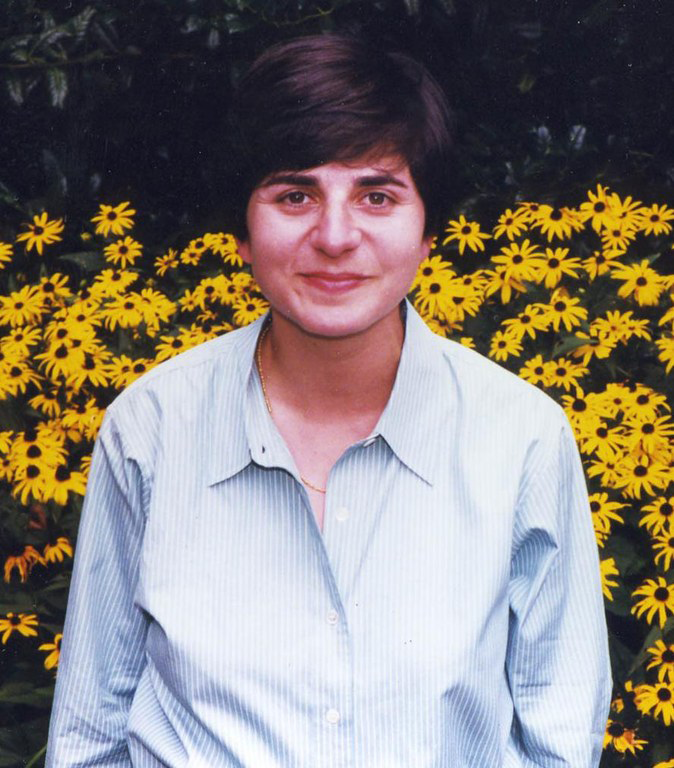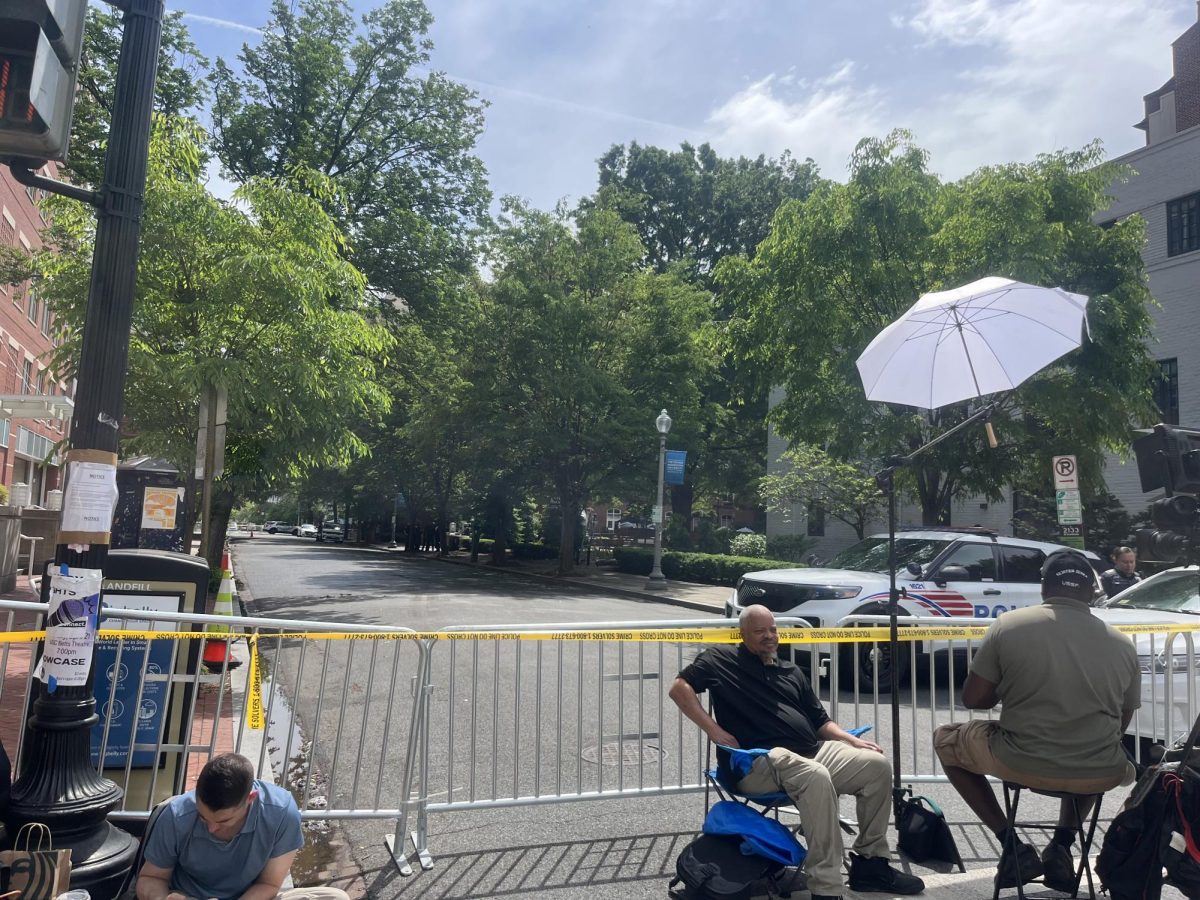This article discusses sexual assault on campus. Please refer to the end of the article for on- and off-campus resources.
The “Potomac River Rapist,” who committed a string of violent crimes in the Washington, D.C. area in the 1990s, including raping and murdering a Georgetown University summer resident, made his first appearance in court Nov. 21.
Police arrested Giles Warrick, 60, at his home in Horry County, South Carolina on Nov. 13. Warrick said only his name during the 20-minute hearing, at which Warrick was charged with first-degree murder and sexual assault, according to The Washington Post. Warrick will be held in the D.C. Central Detention Facility until his next hearing, set for Jan. 17, 2020.

Warrick is a suspect in 10 rapes in D.C. and Montgomery County between 1991 and 1998, but has only been charged in eight cases he has been explicitly linked to through DNA testing, according to The Washington Post. Among Warrick’s alleged victims was Christine Mirzayan, a 29-year-old summer resident in Georgetown’s Nevils dormitory. At the time of Mirzayan’s death, she was serving as a postdoctoral fellow at the National Academy of Sciences.
The Christine Mirzayan Science & Technology Policy Graduate Fellowship was founded in her honor in 1998, and Mirzayan’s legacy is carried on by the program’s participants, according to program director Gail Cohen.
“Christine had a strong desire to communicate the excitement of science and its contribution to making the world a better place,” Cohen wrote in an email to The Hoya. “Her desire lives on through all the individuals who are Mirzayan Fellows.”
On August 1, 1998, Mirzayan was attending a party with friends near 44th Street NW and decided to walk home around 10 p.m. alone. Her half-naked and badly beaten body was discovered in a wooded area behind the Village A dormitories the next afternoon.
The prospects of solving the case were originally thought to be slim. Consequently, fear of violent crime increased on campus following the incident, prompting a community response, according to The Hoya’s article.
“The murder has heightened concerns about safety on and around campus this year,” the article read. “During the New Student Orientation in late August, school officials placed extra emphasis on student safety education and sent letters to all on and off-campus residents describing the incident.”
The advent of genealogical DNA testing led authorities to Warrick, according to The Washington Post. Detectives working on Warrick’s case submitted a genetic profile with DNA that had been collected at the crime scenes over the years to Parabon Nanolabs, a Virginia DNA forensics company. The DNA sample was processed through a large database, looking for genetic matches. Through this process, researchers were able to find distant family members who had similar biological characteristics.
From this evidence, investigators were able to narrow down their search by speaking with family members, according to the Washington Post. They discovered that Warrick had spent a long period of time in Maryland and D.C. in the 1990s. After discovering this connection, detectives arrived in South Carolina to get a DNA swab from Warrick that they found matched their known profile.
Although the Potomac River Rapist’s crimes are 30 years in the past, issues of sexual assault and crime are still relevant to Georgetown’s campus. Among undergraduate students, 31.6% of women and 11.6% of men reported experiencing nonconsensual sexual contact since entering college, according to the 2019 Campus Climate Survey on Sexual Assault and Misconduct. Furthermore, D.C. experienced record-high homicide rates early in 2019.
While the Georgetown University Police Department cannot provide details of their actions during the time of the reported murder, GUPD remains dedicated to keeping campus safe, according to Chief of Police and Associate Vice President for Public Safety Jay Gruber.
“Georgetown University conducts coordinated patrols 24 hours a day to ensure campus security and works closely with the Metropolitan Police Department, federal law enforcement agencies, and the District of Columbia Fire Department, to address issues surrounding campus and respond quickly to incidents that may arise.” Gruber wrote in an email to The Hoya.Resources: On-campus confidential resources include Health Education Services (202-687-8949 or [email protected]) and Counseling and Psychiatric Services (202-687-6985); additional off-campus resources include the D.C. Rape Crisis Center (202-333-7273) and the D.C. Forensic Nurse Examiner Washington Hospital Center (844-443-5732). If you or anyone you know would like to receive a sexual assault forensic examination or other medical care — including emergency contraception — call the Network for Victim Recovery of D.C. at 202-742-1727. To report sexual misconduct, you can contact Georgetown’s interim Title IX coordinator at 202-687-9183 or file an online report here. Emergency contraception is available at the CVS located at 1403 Wisconsin Ave NW and through H*yas for Choice. For more information, visit tinyurl.com/GUselfcare.



















